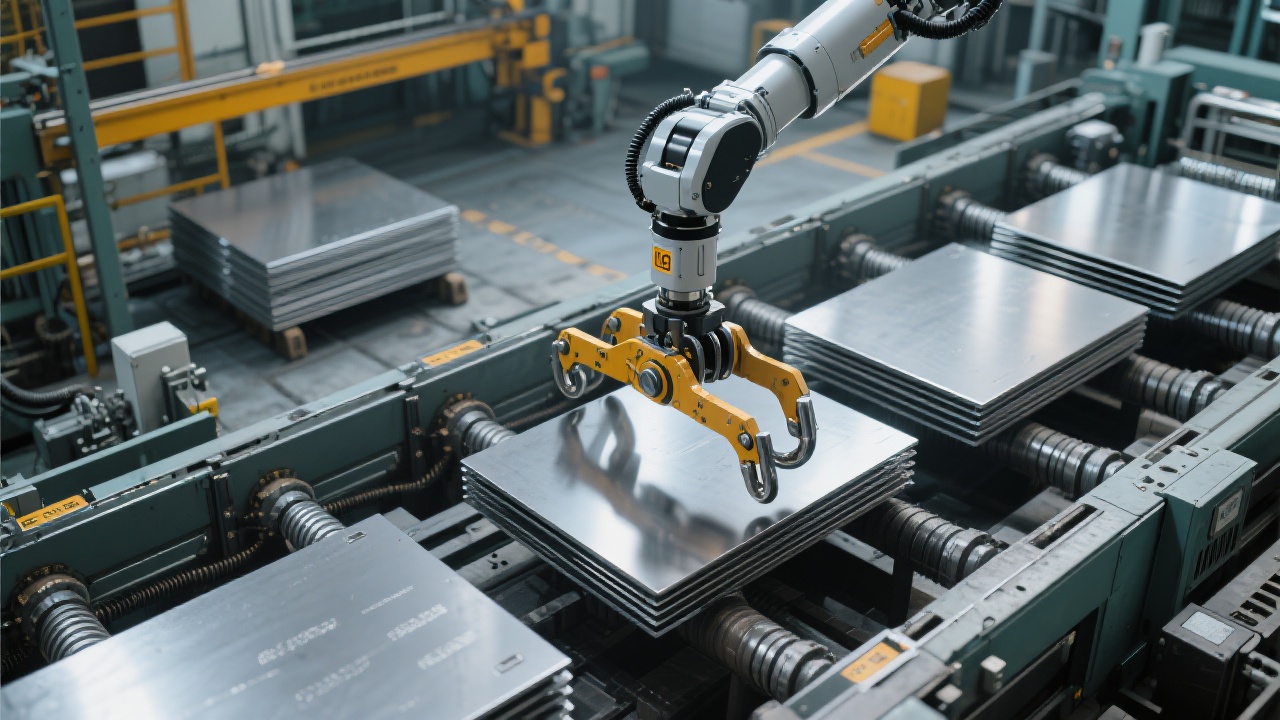
In the high-stakes world of steel manufacturing—especially during cold rolling finishing—reliability isn’t just a feature; it’s a survival metric. Traditional clamps often fail under sustained thermal stress and mechanical fatigue, leading to production downtime, safety risks, and inconsistent product quality.
Enter Dalian Tiding Heavy Industry’s patented power-driven billet clamp, engineered for extreme environments where temperatures exceed 600°C and load cycles reach up to 800 times per shift. This isn’t incremental improvement—it’s a paradigm shift in handling technology.
Our field engineers observed that conventional pneumatic or manual clamps used in cold rolling lines suffered from three key issues:
| Issue | Impact |
|---|---|
| Inconsistent grip force | Up to 15% misalignment in strip positioning — causing edge damage and scrap waste. |
| Thermal deformation | Clamp failure rate increased by 30% after 4 hours of continuous operation at 550°C. |
| Manual intervention needed | Operators exposed to hot surfaces; average cycle time extended by 12 seconds per lift. |
These aren’t hypotheticals—they’re documented pain points from a Tier-1 automotive steel mill in Hebei Province, which reported over 40 unplanned stops in one month due to clamp-related failures.
Dalian Tiding’s solution combines two breakthroughs:
Field tests show a 45% reduction in cycle time compared to manual systems, while maintaining ±2% accuracy in positioning across 100+ consecutive lifts. In one case study, a Korean steel producer reduced billet handling defects from 3.2% to 0.4% within 6 weeks of implementation.

What truly sets this apart is not just performance—it’s traceability. By integrating with MSC NASTRAN for finite element analysis and Teamcenter PLM for digital twin tracking, every clamp now has a full lifecycle record: from raw material batch ID to operational logs and maintenance history. This transforms a simple tool into an intelligent asset in smart factories.
We’ve heard your questions—and we’re ready to answer them:
Q: How does the clamp handle sudden temperature spikes?
A: The internal heat shield design maintains core component temps below 300°C—even when ambient reaches 700°C. Thermal imaging data confirms stable performance over 200+ cycles.
Q: Can it integrate with existing automation systems?
A: Yes—via standard IO signals and OPC UA protocol support. Most customers achieve integration in under 2 days with minimal downtime.
If you're exploring smarter ways to manage hot metal handling in your cold rolling line, let’s talk. We don't just sell clamps—we build confidence in your operations.

